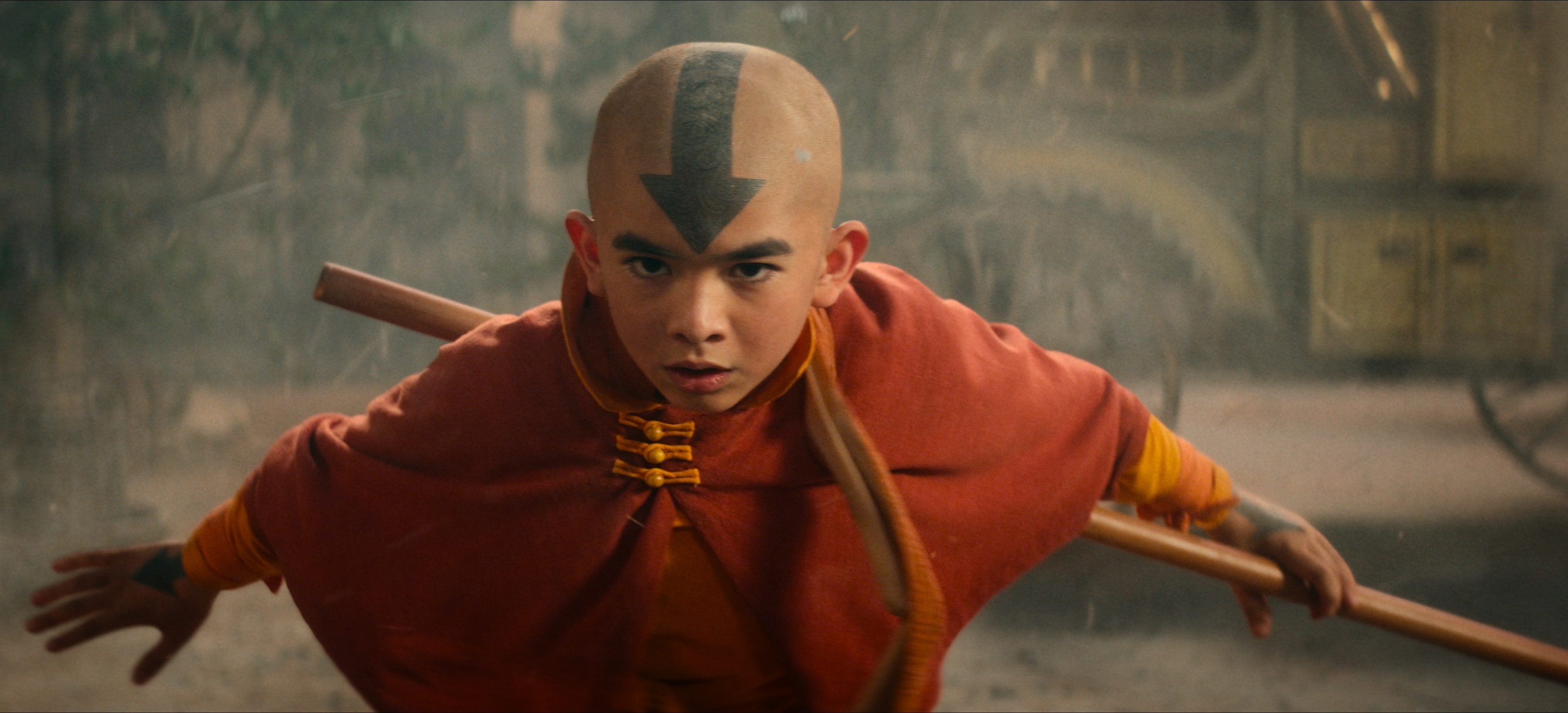
Albert Kim, executive producer and showrunner of Netflix's Avatar: The Last Airbender, has a massive task on his hands. After M. Night Shyamalan's live-action film left viewers disheartened, fans have been craving an adaptation that truly captures the heart of one of the most popular animated series in history. I was honored to speak with Albert, who was warm and welcoming, yet protective and passionate about his live-action adaptation. We spoke in depth about the differences between the animated series and his Netflix show, the motives behind those changes, and what was important to leave the same.
🚨 There are spoilers ahead for ATLA Season 1 🚨
1. Albert wanted to strike a balance between the episodic format of the animated show and his more serialized motives for the live-action adaptation.

"We always used the original as our guide for everything. It wasn't like we were creating a whole new story out of whole cloth, we were looking at all the stories of the the first season of the original, regardless of whether they were episodic, or led to a more serialized narrative. And then we kind of laid them out in front of us at the beginning of the season, and said, 'Which ones help us in getting from the beginning to the end of the season.' Because we knew we were trying to create a narrative thread that took us on a journey from the Southern Water Tribe to the Northern Water Tribe. And so once we had that framework in place, certain elements just started clicking into place. We coul
